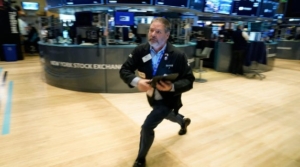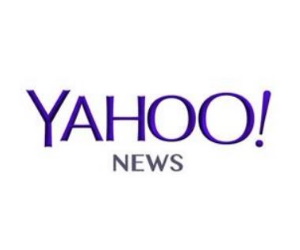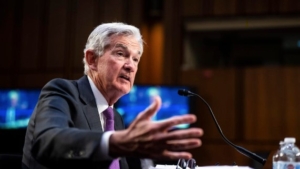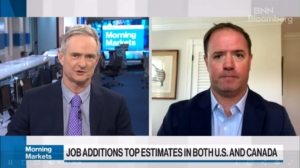Fed Meeting Preview: Hike or No Hike?
What’s in Today’s Report:
- FOMC Preview
- Three Reasons Oil Could Stabilize (At Least in the Near-Term)
U.S. stock futures are tracking European shares higher with banks notably outperforming while bonds retreat.
Bloomberg reported last night that Treasury Department officials are reviewing options to temporarily insure all bank deposits in order to avoid a potential financial crisis which is helping support risk on money flows this morning.
Economically, the German ZEW Survey was mixed but the Current Conditions Index was importantly not as bad as feared, helping risk assets extend the week’s gains.
Looking into today’s session, there is just one economic report to watch: Existing Home Sales (E: 4.170 million) and given the focus on the recent banking turmoil as well as the March FOMC meeting beginning, it is unlikely to move markets.
As such, a sense of “Fed paralysis” is likely to begin to grip markets today but any outsized moves in the broader banking sector, headline driven or otherwise, has the potential to impact the broader equity markets. To that point, if FRC can finally stabilize, that would be well received by investors today.



